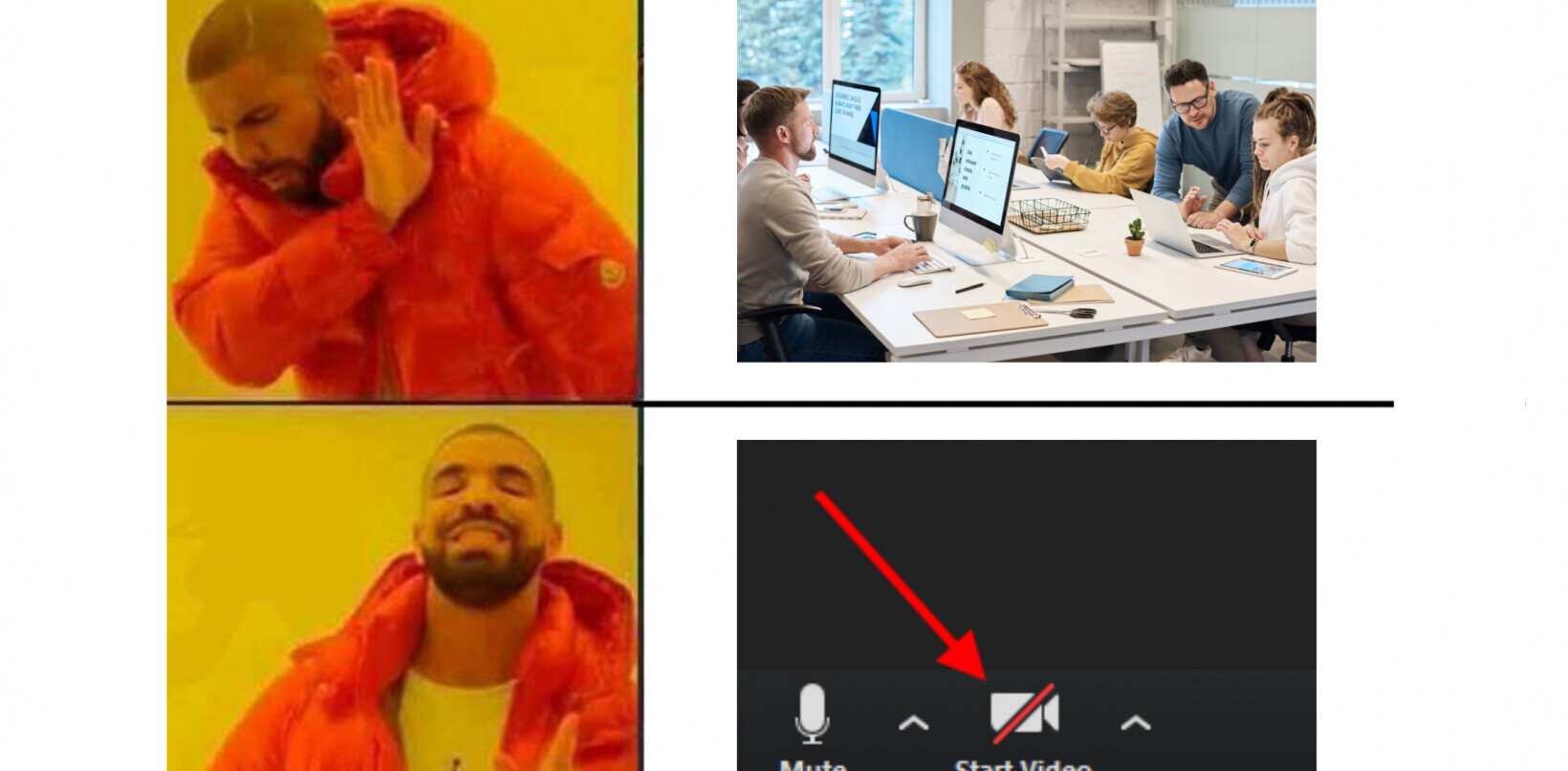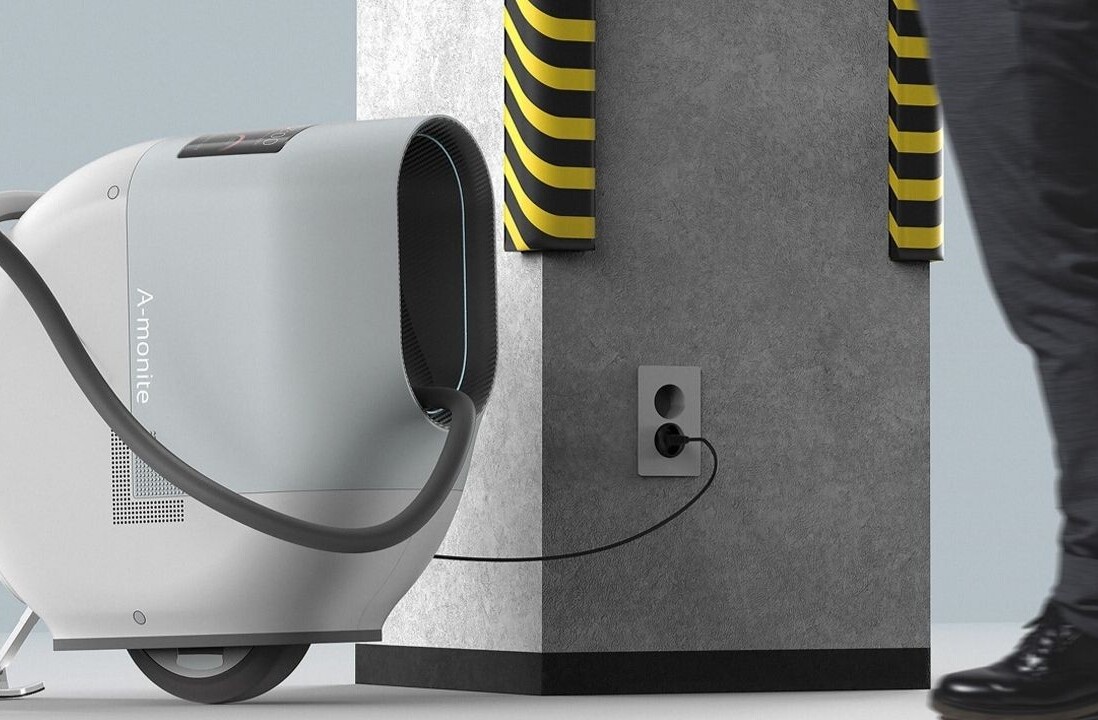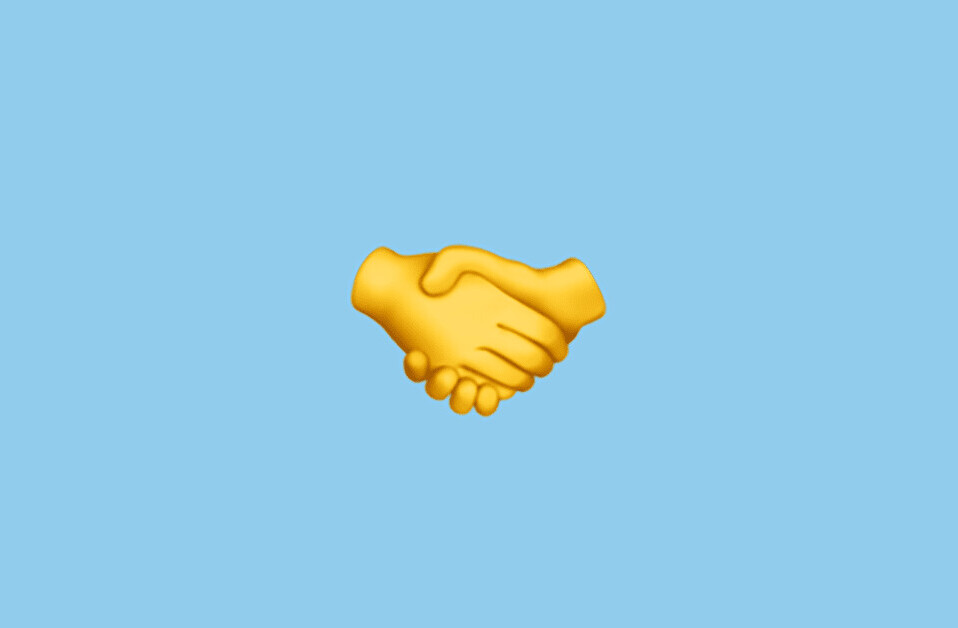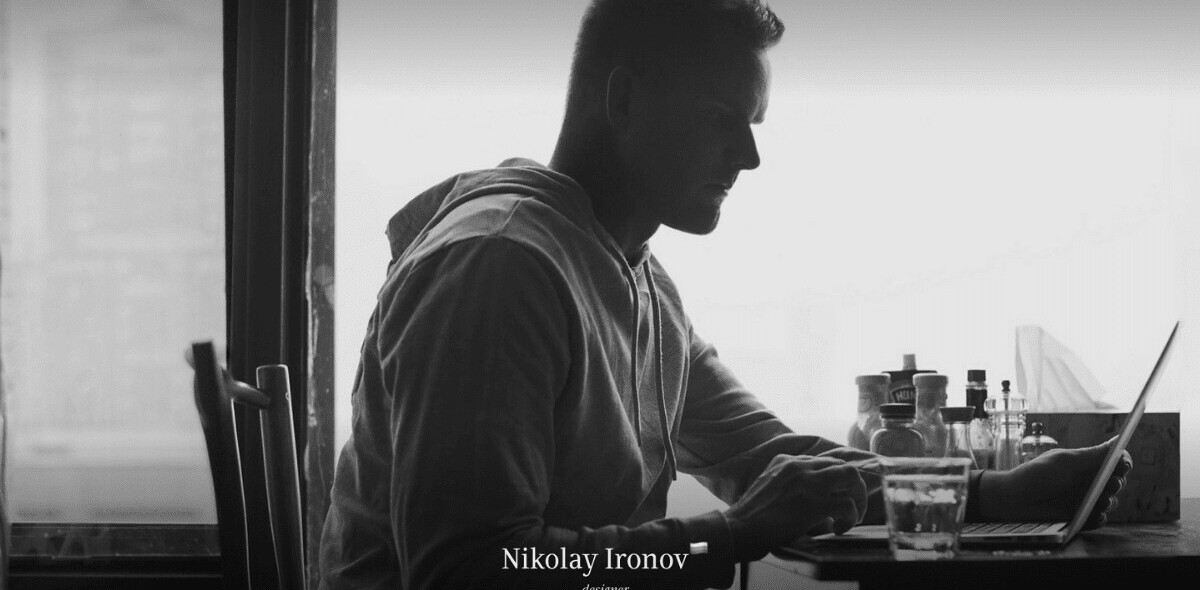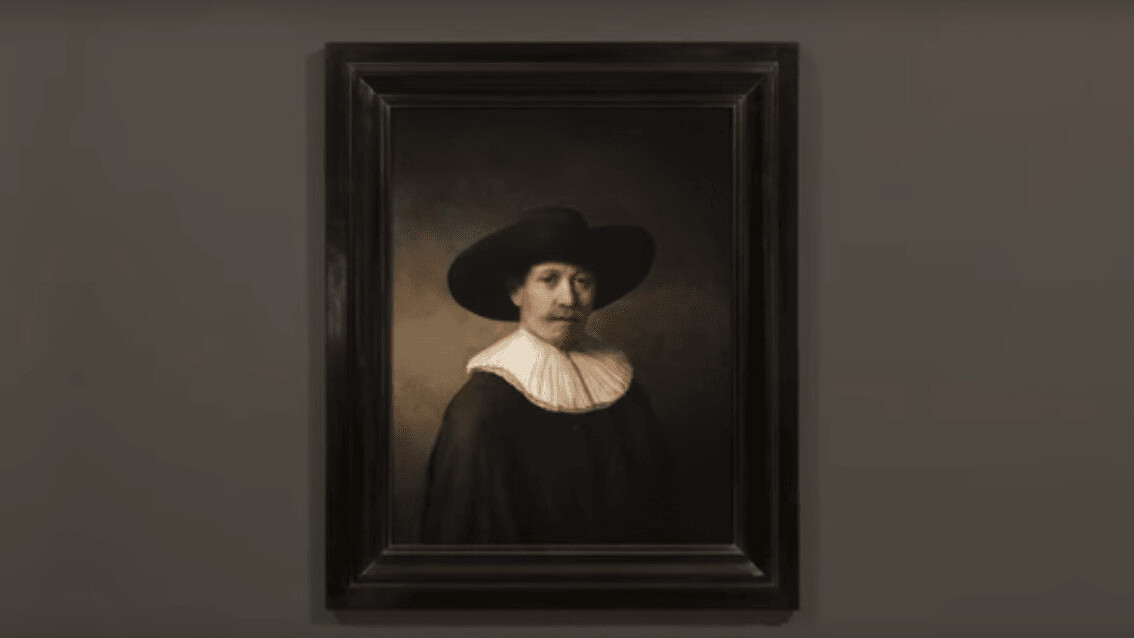
Rembrandt may have died in 1669 but his artistic legacy lives on thanks in part to a new piece of work created with computer data, instead of the artist’s hands.
Revealed in the Netherlands, ‘The Next Rembrandt‘ is the result of an 18-month project undertaken by a group of art historians, along with software developers, scientists, engineers and data analysts – not the usual team of artists for portraits work.
The team worked tirelessly to anyalyze all known works of Rembrandt, which amounts to over 300 paintings, using high resolution 3D scans to capture every little detail and create an algorithm that would eventually be able to accurately recreate his style. That data was then fed to a 3D printer, which recreated the painting using 13 layers of paint-based UV ink.
And the result? A moody portrait of a 17th century man that looks exactly like Rembrandt’s work. The painting consists of over 148 million pixels, based on more than 160,000 fragments from the artists’s works.
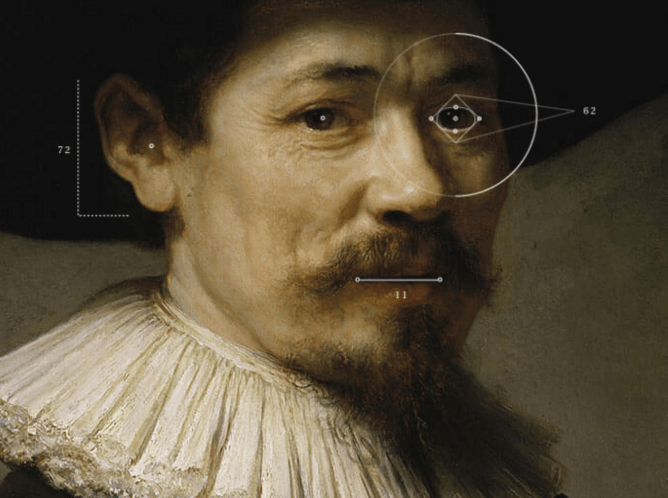
Of course, undertaking such a project opens the doors to calls of forgery and concern but that’s not what the team set out to do. They aren’t trying to fool anyone. The work is the brainchild of Amsterdam-based advertising agency J Walter Thompson and was created for its client, ING Bank.
The idea was to explore innovation in art and there’s no denying the team has achieved this goal. They have pushed the boundaries digitally and in doing so, also raised many questions over the artists of the future and how their work may be created, as well as how we examine and look at historical works of art.
Art and algorithms already have a relationship but perhaps it’s not held to the same standards as the work of masters like Rembrandt and this project has successfully proven it could be. Although, who gets the credit if a computer creates the piece? There is a distinct difference between what you may consider a computer image and one that’s been hand painted, and that boils down to the finest detail, like texture and strokes, which until now were unique to each individual.
The Next Rembrandt project has proven that the line between computer and human-generated art is easily blurred and whether that’s good or bad remains to be seen.
Get the TNW newsletter
Get the most important tech news in your inbox each week.
